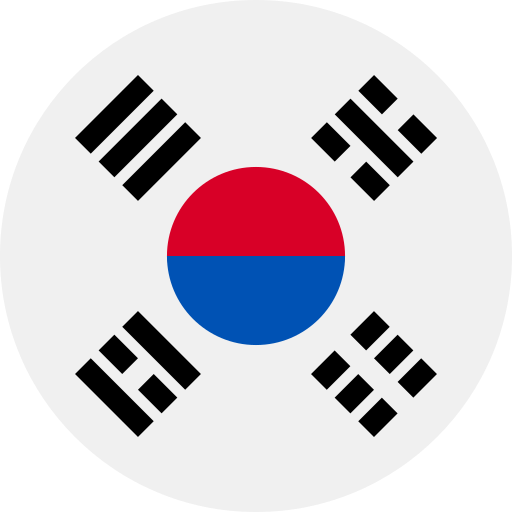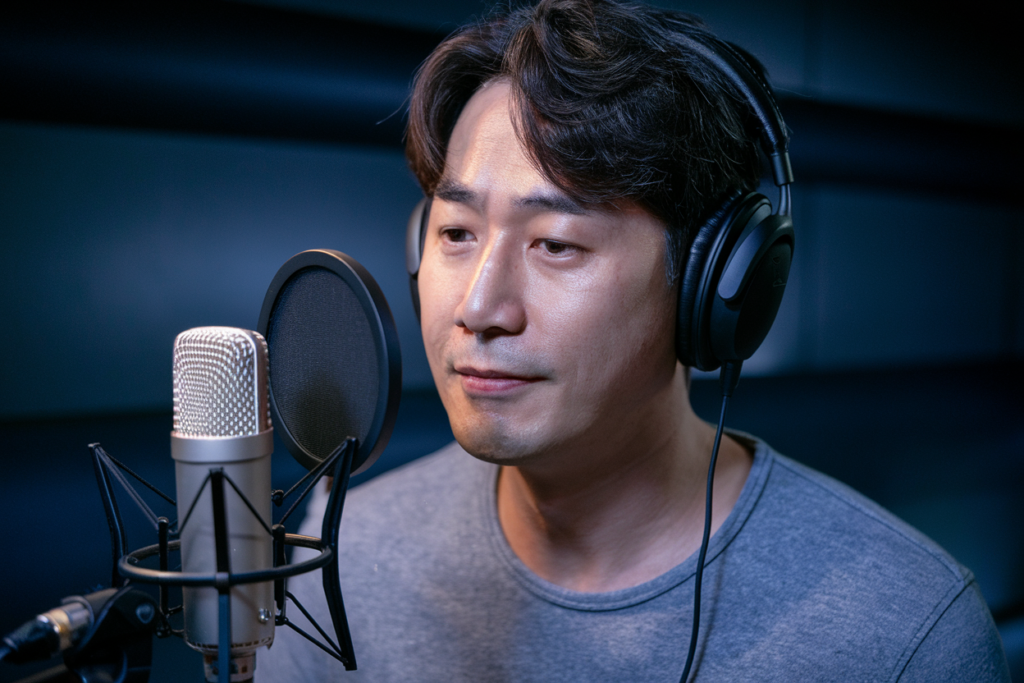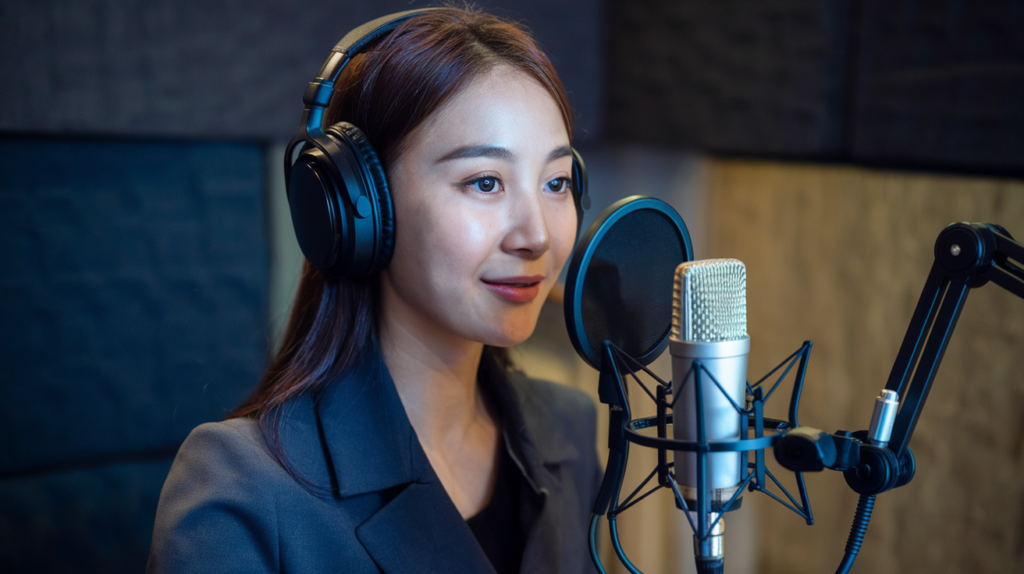Key Takeaways
- Korean Dubbing Overview: The process of replacing original voices with Korean voiceovers aims to enhance accessibility, but synchronization issues often detract from the viewing experience.
- Lip Sync Challenges: Mismatches between character mouth movements and voiceovers can create a jarring experience for viewers, especially during emotional scenes.
- Voice Talent Importance: Skilled voice actors are essential for effective dubbing; they must convey emotions authentically while ensuring precise timing with visuals.
- Cultural Nuances Impacting Dubbing: Cultural differences in expression and humor complicate translations, requiring voice artists to navigate these subtleties for authentic storytelling.
- Technical Considerations: Meticulous audio matching is critical; engineers must align voices with visual cues to maintain viewer immersion and engagement.
- Innovative Solutions: Utilizing advanced software tools, experienced talent, cultural consultants, creative script adaptations, and ongoing training can significantly improve the quality of Korean dubbing.
Ever wondered why some Korean dubbed shows just don’t match the original vibe? Korean dubbing and lip sync issues can turn an exciting scene into a jarring experience. You’re not alone in feeling that disconnect between the characters’ mouths and their voices.
Overview of Korean Dubbing
Korean dubbing involves the process of replacing original voices in foreign media with Korean language voiceovers. This practice aims to make international content accessible and enjoyable for a local audience. However, several challenges arise during this adaptation.
One significant issue is the synchronization between the characters’ lip movements and their new voices. When voice artists record their lines, achieving perfect alignment with the original dialogue can be tricky. A lack of precise timing often results in noticeable discrepancies, creating a disconnect that distracts viewers from the story.
Another factor impacting quality is the selection of voice talent. Skilled voice actors bring unique interpretations to their roles, but if they’re not familiar with nuanced emotional expressions or character developments, performances may fall flat. It’s crucial that casting directors choose experienced voiceover artists who understand both language and context.
Moreover, cultural differences play a vital role in dubbing effectiveness. Certain phrases or humor may not translate well into Korean, necessitating adjustments while preserving intent and meaning. Voiceover talent must navigate these subtleties to maintain authenticity within dubbed content.
While Korean dubbing enhances accessibility to global stories, it faces hurdles like lip sync issues and cultural nuances that affect overall viewer experience. Understanding these dynamics helps you appreciate the artistry involved in bringing foreign media to life for a Korean audience.
Common Techniques in Dubbing
Dubbing involves various techniques to ensure a seamless experience for viewers. These methods focus on synchronizing audio and visual elements, enhancing storytelling through effective voice acting.
Voice Acting Skills
Voice actors play a crucial role in bringing characters to life during the dubbing process. They must possess strong acting skills, enabling them to convey emotions authentically. This requires not only vocal prowess but also an understanding of character dynamics. Skilled voice artists adapt their performances based on the original context while ensuring that the Korean language version resonates with local audiences. Effective delivery can transform a simple line into something memorable, making it essential for voice talent to connect deeply with the material.
Audio Matching Challenges
Audio matching presents significant hurdles in dubbing projects. Achieving synchronization between lip movements and new voices requires meticulous attention to detail. Voice over talents often face challenges when fitting translated scripts into existing audio tracks; phrases might expand or contract, impacting timing and flow. Adapting humor or cultural references adds another layer of complexity, as what works in one language may not translate directly into another without losing its essence. Overcoming these obstacles ensures that dubbed content feels natural and engaging for viewers, maintaining immersion throughout the viewing experience.
Understanding Lip Sync Issues
Lip sync issues can significantly impact the viewer’s experience, especially in Korean dubbing. These challenges arise when the synchronization between characters’ mouth movements and their voiceovers fails to align, creating a disconnect that detracts from immersion.
Factors Affecting Lip Sync
Several factors contribute to lip sync issues in Korean dubbing. First, timing is crucial; phrases in translated scripts may differ in length compared to the original dialogue. For instance, if a character’s line expands or contracts during translation, it can lead to mismatched mouth movements and audio cues.
Second, the choice of voice talent plays a vital role. Skilled voice actors must adapt their performances not only for emotional authenticity but also for timing precision. The best voiceover artists have an innate ability to read scripts while maintaining awareness of the corresponding visuals, ensuring fluidity throughout scenes.
Finally, technical aspects such as audio matching require meticulous attention. Engineers must work diligently to align voices with visual cues so that every sound feels natural and timely. Any neglect in these areas can lead to noticeable discrepancies that disrupt viewer engagement.
Cultural Differences in Dubbing
Cultural nuances also affect how lip sync issues manifest in dubbing processes. Different cultures may express emotions through varying intonations or speech patterns; understanding these subtleties is essential for effective localization.
When adapting foreign media for Korean audiences, voice over talent must consider cultural contexts reflected within dialogue—what resonates well with one audience might feel out of place with another. This requires not just linguistic skill but an appreciation for cultural storytelling methods inherent within each piece of content.
Moreover, some expressions may lack direct translations or culturally equivalent counterparts in Korean; this complicates achieving seamless synchronization between speech and movement further still. Voiceover artists who grasp these nuances are more likely to deliver performances that connect authentically with viewers.
By acknowledging both technical hurdles and cultural elements influencing lip sync quality, you gain insight into what makes successful dubbing truly effective—and why choosing experienced voice actors matters immensely when navigating this complex landscape.
Impact on Audience Reception
Korean dubbing affects how audiences connect with foreign media. When voiceovers don’t sync well with lip movements, viewers notice it immediately. This disconnect can lead to a jarring experience, especially during emotional or intense scenes. You might find yourself pulled out of the story as you focus more on mismatched visuals than the characters’ feelings.
Voice talent plays a crucial role in bridging this gap. Skilled voice actors understand the nuances of their characters and adapt their performances accordingly. They need to convey emotions authentically while ensuring that their timing aligns with visual cues. If they miss the mark, it harms viewer engagement and diminishes the overall impact of the content.
Cultural differences also come into play here. Different cultures express emotions differently; what works in one language may not translate seamlessly to another. Voice artists must grasp these subtleties to ensure that dialogues resonate with local audiences. Failing to do so can create an awkward viewing experience where humor falls flat or drama feels forced.
The technical side is just as critical. Achieving perfect audio matching requires meticulous attention from voice over talents who understand both linguistic and artistic elements involved in dubbing. If translated scripts don’t fit smoothly into existing audio tracks, it disrupts flow and pacing—two vital components in storytelling.
Ultimately, effective Korean dubbing depends on a combination of skilled voice actors who can deliver authentic performances while navigating cultural contexts and technical challenges. Their ability to connect emotionally through well-synchronized dialogue significantly enhances audience reception, making foreign stories relatable and enjoyable for Korean viewers.
Solutions and Innovations
Addressing the challenges of Korean dubbing requires a blend of innovative techniques and skilled voice talent. Many advancements focus on enhancing synchronization between dialogue and lip movements, creating a more immersive experience for viewers.
Utilizing advanced software tools can significantly improve audio matching. These tools allow voice actors to visualize timing cues from the original content, enabling them to adjust their performances accordingly. When voiceover talent aligns their delivery with these visual markers, it boosts the overall quality of the dubbing process.
Engaging experienced voice artists also plays a vital role in overcoming lip sync issues. Skilled voice actors understand how to convey emotions while staying within timing constraints. Their ability to adapt translations seamlessly ensures that dialogues feel natural and resonate with local audiences.
Incorporating cultural consultants into the production process helps bridge emotional gaps as well. These professionals guide voice talents in understanding regional dialects and expressions, allowing for authentic character portrayals that maintain cultural relevance. When nuances are respected, audiences connect better with the story, enhancing viewer engagement.
Experimentation with script adaptation offers additional solutions too. Voiceover artists often face expanded or contracted phrases during translation; however, creative rephrasing can maintain both meaning and rhythm. This flexibility allows for smoother integration into existing audio tracks without sacrificing emotional impact.
Lastly, investing in ongoing training for voiceover talent fosters continuous improvement within the industry. Workshops focusing on acting techniques, language skills, and cultural awareness empower artists to hone their craft further. As they refine their abilities, they contribute positively to the evolving landscape of Korean dubbing.
By embracing these solutions and innovations in dubbing practices, you enhance not just technical execution but also audience satisfaction—creating a viewing experience that’s engaging and memorable.
Conclusion
Navigating the world of Korean dubbing comes with its unique set of challenges. You’ve seen how lip sync issues can disrupt your viewing experience and diminish the emotional impact of a scene. The role of skilled voice actors is crucial in bridging these gaps, ensuring that the audio aligns seamlessly with visuals.
As advancements in technology continue to evolve, you can expect improvements in synchronization and cultural representation. With ongoing training for voice talent and innovative approaches to script adaptation, the future looks promising for enhancing Korean dubbing quality. This commitment to excellence not only enriches accessibility but also makes foreign stories resonate more deeply with you as a viewer.
Frequently Asked Questions
What are the main challenges of Korean dubbing?
Korean dubbing faces several challenges, including achieving synchronization between lip movements and voiceovers, selecting skilled voice talent who can convey emotions effectively, and addressing cultural differences that impact the audience’s connection to the material. These hurdles can lead to a disconnect that detracts from the viewing experience.
How does the Korean dubbing process work?
The Korean dubbing process involves replacing original voices in foreign media with Korean language voiceovers. This enhances accessibility for viewers but requires careful attention to detail in audio matching, script adaptation, and emotional expression by voice actors to create a seamless viewing experience.
Why is timing crucial in Korean dubbing?
Timing is essential because translated phrases often differ in length from the original dialogue. Poor synchronization can disrupt viewer engagement, especially during emotional scenes. Skilled voice actors must adapt their performances precisely to align with visual cues for an authentic experience.
How do cultural nuances affect Korean dubbing?
Cultural nuances significantly influence how emotions are expressed through intonation and speech patterns. Voiceover talent must understand these differences to ensure effective localization, as what resonates in one culture may not translate seamlessly into another language or context.
What solutions exist for improving Korean dubbing quality?
To enhance Korean dubbing quality, advancements in software tools help improve audio matching by visualizing timing cues. Engaging experienced voice artists and cultural consultants also plays a crucial role in conveying emotions authentically while maintaining timing precision during translations.
How do skilled voice actors contribute to successful dubbing?
Skilled voice actors bridge the gap between visuals and audio by delivering authentic performances that resonate emotionally with audiences. Their ability to adapt dialogue while navigating technical constraints ensures that dubbed content feels natural and engaging for viewers.
What role does script adaptation play in Korean dubbing?
Creative script adaptation is vital for maintaining meaning and rhythm during translation. It allows dubbers to fit dialogues within existing audio tracks while ensuring emotional authenticity is preserved, contributing significantly to viewer enjoyment of the adapted material.
Why is ongoing training important for voiceover talent?
Ongoing training helps foster continuous improvement among voiceover talent. By enhancing their skills in acting techniques, emotional delivery, and cultural understanding, they can better navigate the complexities of dubbing processes and deliver high-quality performances consistently.







